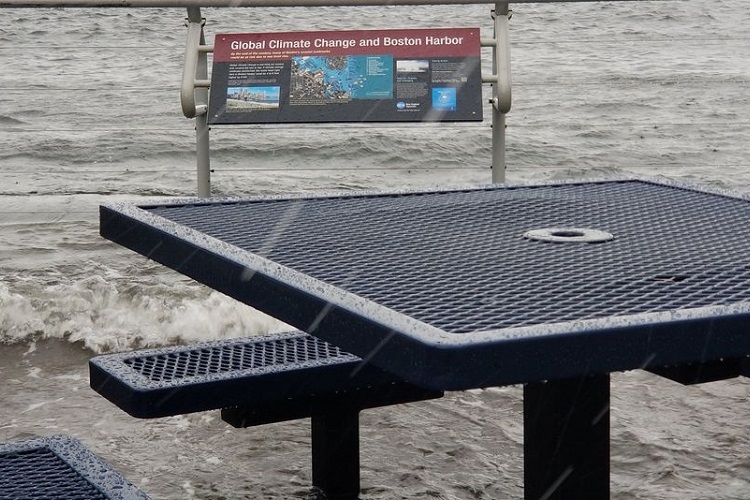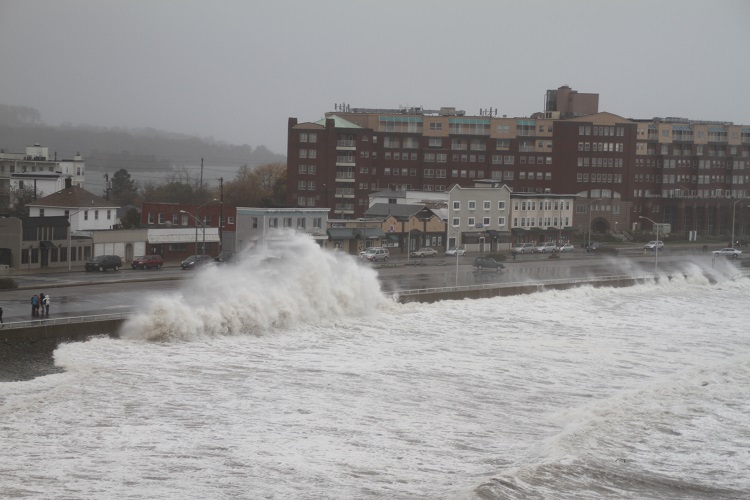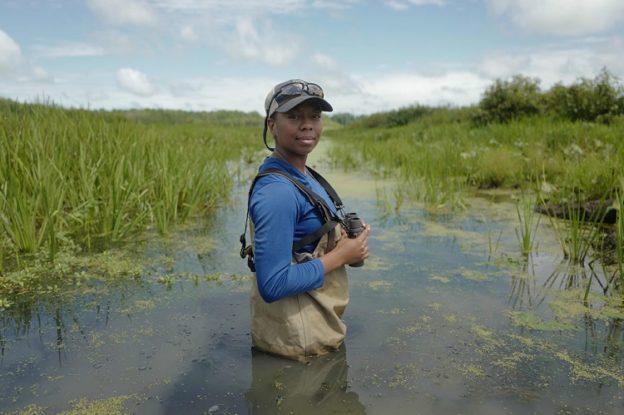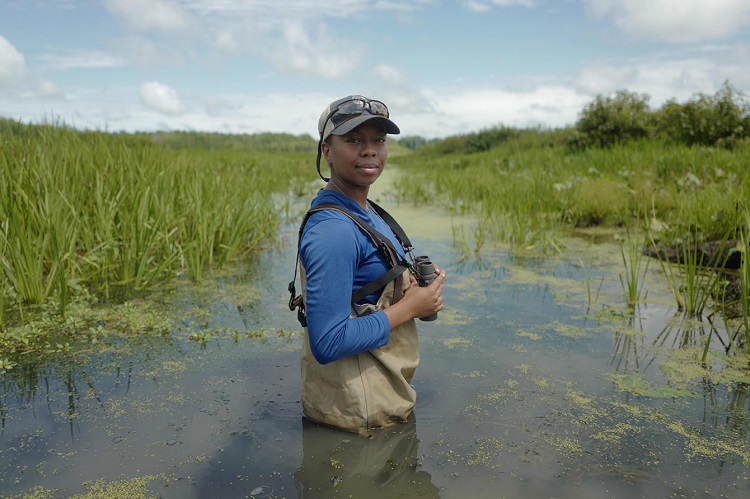There are not-so-hidden messages in the weather and storm trends we’ve been seeing. What does it mean when our winters are shorter and milder or when we experience an increase in storm-induced flooding?
It means our climate is changing.

Climate Versus Weather
While weather refers to short-term changes to the atmosphere, climate encompasses long-term trends and patterns – such as average temperatures. Climate change, therefore, is the lasting shift in long-term patterns because of the excess greenhouse gasses we release into the atmosphere by burning fossil fuels.
Shifting Seasons
Massachusetts, along with the rest of the world, is gradually getting warmer on average, and rising temperatures affect the intensity and duration of our four seasons. Spring temperatures arrive sooner than they have before, hotter summers last much longer, and winters tend to be milder and shorter.
These shifts are evidenced by their impacts on the nature around us. You might have noticed your favorite buds and blossoms sprout earlier every year. Perhaps you’ve seen your favorite birds breed or migrate sooner. You might have even noticed a decline in populations facing new threats because of shifting seasons: like bees that missed early blossoms or moose that struggle under the now thriving winter tick.
Weather Weirding & Temperature Extremes
These weather-based impacts aren’t only about the gradual and consistent changes. They also comprise temperature snaps – sometimes referred to as “weather weirding.” Such snaps are characterized by abnormally cold (or hot) temperatures compared to what the average temperature should be: like a freezing cold day in the middle of spring, or an incredibly warm day towards the end of winter.
Dr. Greg Skomal, Senior Fisheries Scientist at the Massachusetts Division of Marine Fisheries, explained that it was most likely cold snaps that led four thresher sharks to strand in Wellfleet and Orleans in 2018 as they tried to move towards warmer waters at a much faster pace than normal.
Surges in Storms
As temperatures increase, so too does evaporation of moisture and water – so while our summers are getting really hot, they’re also getting really dry, which can lead to long summer droughts. But this extra-evaporating effect has a flip side. All the additional moisture gets sent into the atmosphere, which increases precipitation (rainfall, snow, sleet, or hail).
In tandem with sea level rise, we’re watching extreme weather events, storm surges, and significant flooding rise in frequency and intensity around us because of an increase in the amount of water vapor in the atmosphere and changes in sea-surface temperatures.

Forecasting Hope
Whether you live on the coast, in the city, or amidst our region’s forests, weather and storms impact all of us and the nature around us. While something as intangible as atmospheric changes might seem near-impossible to tackle, we have good news: you can make a difference.
Here are some ways you can join us in fighting climate change to protect our world:
Look to nature for climate solutions.
Nature can be our first line of defense when it comes to buffering extreme storms and helping us, and the wildlife we love, adapt to climate change. Support one of our urgent, regional land projects to protect these important, natural climate allies.
Take a climate pledge to mitigate climate change.
Climate mitigation tackles the crisis at its roots: the greenhouse gasses we emit. Remember to challenge your friends, family, and community to take these pledges with you – we can make a difference when we work together.
Sign up for our monthly e-newsletter, Climate Connection.
Every month, we’ll send you updates on climate information, action, community solutions, and how you can have an impact.




